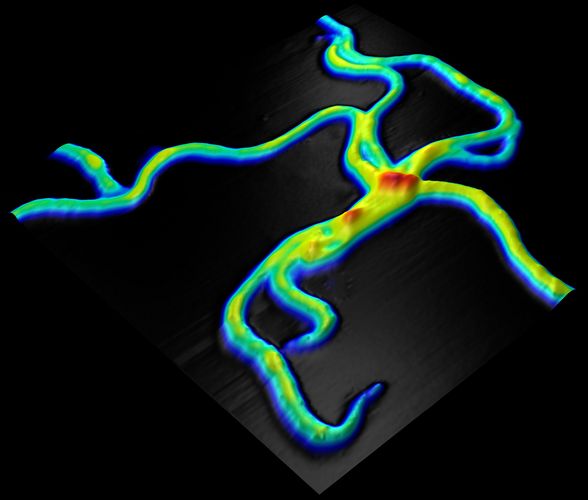A JKU researcher has discovered how Lyme disease pathogens manage to overwhelm the immune system and the key word is: mobility.

Ticks are dangerous pests and can transmit a variety of diseases, including Lyme disease. Over 70,000 Austrians contract Lyme disease annually despite having the tick vaccination. A JKU researcher has now discovered how the pathogens manage to overwhelm the immune system and the key word is: mobility.
Almost every third tick carries Lyme disease bacteria. Dr. Yoo Jin Oh (Department of Applied Experimental Biophysics, head: Prof. Peter Hinterdorfer) at the Johannes Kepler University Linz is studying how and why the bacteria can settle in the tissue and then spread so efficiently. The finding: Where the pathogens end up are not left to chance. Dr. Oh explains: "Unlike many other bacteria or viruses, they do not passively circulate in the host's body fluids." The individual bacteria can actively move and take hold in a very targeted manner.
In this regard, the Lyme disease bacteria surface is ideally adapted for the bloodstream. Using various mechanisms, the pathogen’s surface proteins bind and subsequently react with the connective tissue in the human body (i.e., the tissue lying between the cells). The bacteria rely on flexibility here as well and some bindings are quickly terminated in the bloodstream, while others can become stronger.
Dr. Oh added: "Lyme disease bacteria are spirochetes, meaning these are microorganisms that can swim in gel-like fluid, such as our bloodstream, with unique corkscrew rotational movements by means of flagella hidden under the outer membrane." Using single-molecule force spectroscopy, the JKU researcher was able to show that the pathogens use a variety of adhesion (binding) strategies and even some short-lived bonds as a type of "signpost."
The biophysicist has now published her discovery in the renowned nature journal 'Communications Biology'. She will subsequently study whether or not this mode of movement also applies to other pathogens and if new treatment methods and approaches can be found here.








